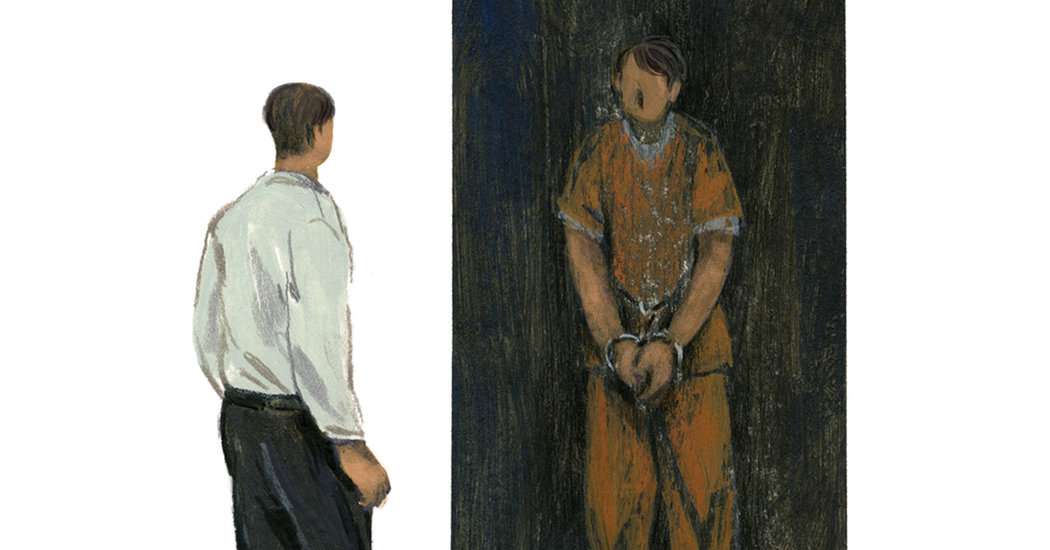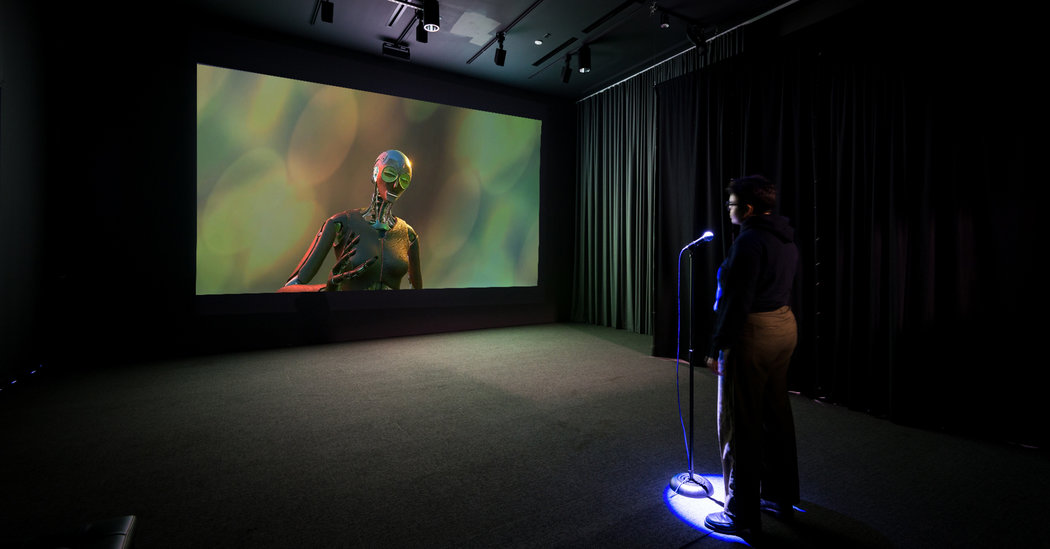This year, Mr. Rodríguez returned to the parole board with the same faulty Compas score. He had identified an error in one of the inputs for his Compas assessment. But without knowing the input weights, he was unable to explain the effect of this error, or persuade anyone to correct it. Instead of challenging the result, he was left to try to argue for parole despite the result.
Mr. Rodríguez was lucky. In the end, he made parole and left Eastern Correctional in mid-May. But had he been able to examine and contest the logic of the Compas system to prove that its score gave a distorted picture of his life, he might have gone home much earlier.
Or consider the case of Billy Ray Johnson, a defendant in California who was sentenced to life without parole for a series of burglaries and sexual assaults that he says he did not commit. The prosecution relied on the results of a software program called TrueAllele that was used to analyze traces of DNA from the crime scenes.
When an expert witness for Mr. Johnson sought to review the TrueAllele source code in order to confront and cross-examine its programmer about how the software works, the developer claimed it was a trade secret, and the court refused to order the code disclosed — even though Mr. Johnson’s attorney offered to sign a protective order that would safeguard the code. Mr. Johnson was thus unable to fully challenge the evidence used to find him guilty.
TrueAllele’s developer maintains this decision was right. It has submitted affidavits to courts across the country alleging that disclosing the program’s source code to defense attorneys would cause “irreperable harm” to the company because it would allow competitors to steal the code. Most judges have credited this claim, quashing defense subpoenas for the source code and citing the company’s intellectual property interests as a rationale.
In 2015, a California Appeals Court upheld a trade secret evidentiary privilege in a criminal proceeding — for what is likely the first time in the nation’s history — to shield TrueAllele source code from disclosure to the defense. That decision, People v. Chubbs, is now being cited across the country to deny defendants access to trade secret evidence.
TrueAllele is not alone. In another case, an organization that produces cybercrime investigative software tried to invoke a trade secret evidentiary privilege to withhold its source code, despite concerns that the program violated the Fourth Amendment by surreptitiously scanning computer hard drives. In still other instances, developers of face recognition technology have refused to disclose the user manuals for their software programs, potentially obstructing defense experts’ ability to evaluate whether a program has been calibrated for certain racial groups and not for others.
Likewise, the algorithms used to generate probabilistic matches for latent fingerprint analysis, and to search ballistic information databases for firearm and cartridge matches, are treated as trade secrets and remain inaccessible to independent auditors.
This is a new and troubling feature of the criminal justice system. Property interests do not usually shield relevant evidence from the accused. And it’s not how trade secrets law is supposed to work, either. The most common explanation for why this form of intellectual property should exist is that people will be more likely to invest in new ideas if they can stop their business competitors from free riding on the results. The law is designed to stop business competitors from stealing confidential commercial information, not to justify withholding information from the defense in criminal proceedings.
Defense advocacy is a keystone of due process, not a business competition. And defense attorneys are officers of the court, not would-be thieves. In civil cases, trade secrets are often disclosed to opposing parties subject to a protective order. The same solution should work for those defending life or liberty.
The Supreme Court is currently considering hearing a case, Wisconsin v. Loomis, that raises similar issues. If it hears the case, the court will have the opportunity to rule on whether it violates due process to sentence someone based on a risk-assessment instrument whose workings are protected as a trade secret. If the court declines the case or rules that this is constitutional, legislatures should step in and pass laws limiting trade-secret safeguards in criminal proceedings to a protective order and nothing more.
The future of the criminal justice system may depend on it.
By REBECCA WEXLER
https://www.nytimes.com/2017/06/13/opinion/how-computers-are-harming-criminal-justice.html
Source link


